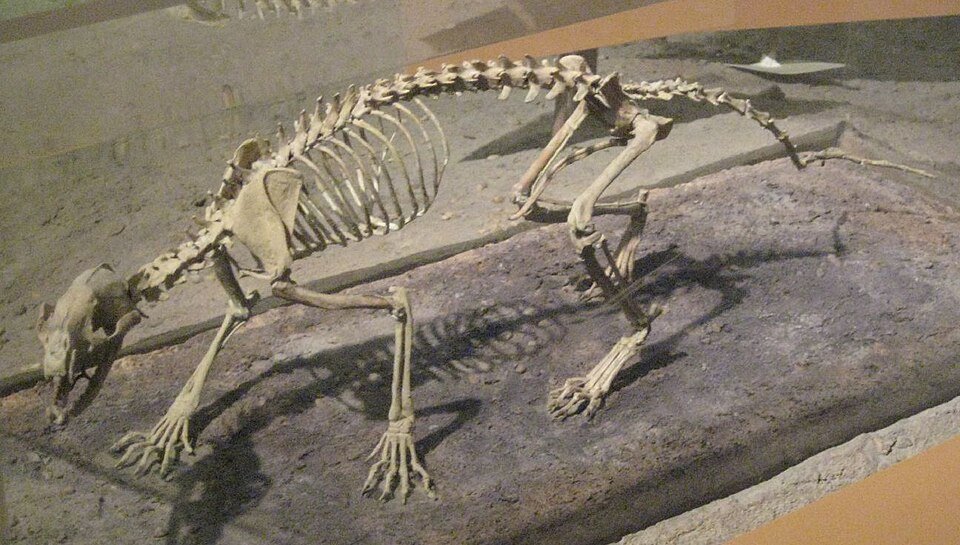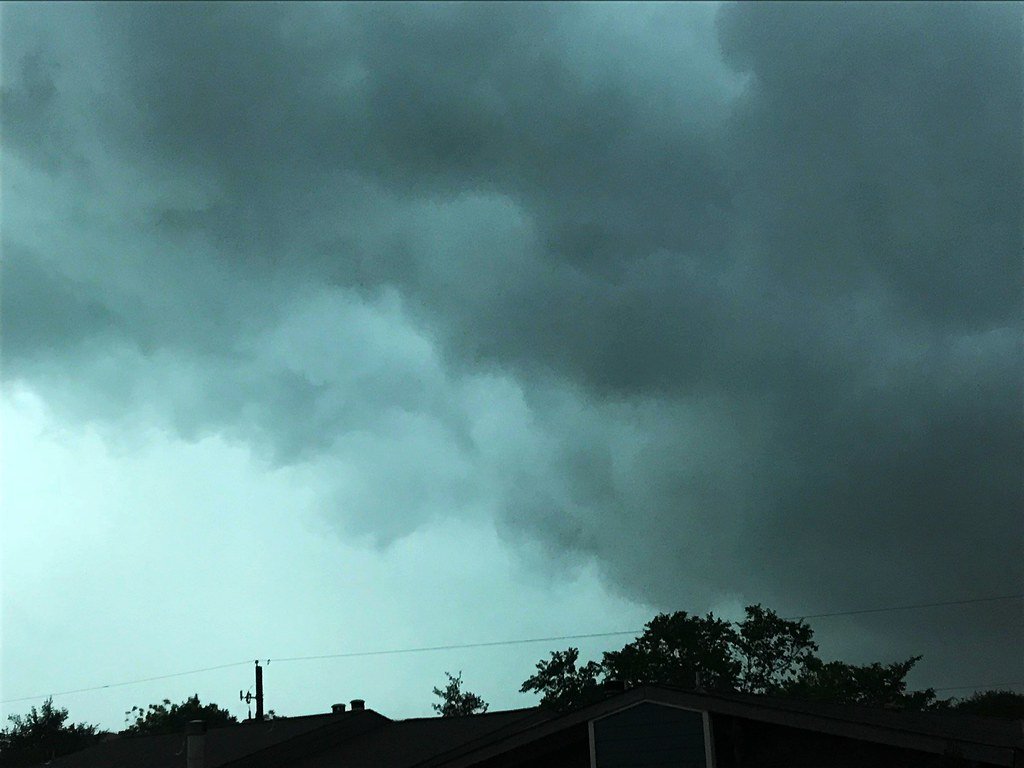Archaeologists are piecing together an intimate story that starts in cold winds and ends at familiar hearths: the rise, spread, and loss of the first American dogs. For decades, bone fragments and burial pits hinted at a partnership as old as the earliest settlements, but the plot thickened when geneticists began extracting ancient DNA from museum drawers. Suddenly, dusty mandibles became time machines, and the dogs we thought we knew turned out to be mostly newcomers. The real shocker is that the original American dogs – companions of early foragers and farmers – nearly vanished after European contact, leaving faint echoes in genomes and in the soils of old villages. What remains is a fragile archive of bones, isotopes, and molecules that reveals how people and dogs explored, worked, feasted, and grieved together across a continent.
The Hidden Clues

What if the most revealing American explorers weighed forty pounds, wagged their tails, and were buried with care around 8,000 to 9,500 years ago? The earliest known dog burials on the continent – carefully placed individuals rather than tossed scraps – signal social bonds deep enough to demand ritual. In site after site, archaeologists now find deliberate interments, sometimes beside humans, suggesting dogs were not just tools but trusted kin. That intimacy becomes a scientific goldmine because dogs shadowed people to new landscapes, leaving a trail of bones that reflect human routes and diets. I still remember opening a museum drawer and seeing a small dog jaw, worn smooth by time; it felt like a handshake across millennia.
From Ancient Tools to Modern Science

Today’s toolkit looks nothing like the field notebooks of a generation ago. Ancient DNA sequencing can recover mitochondrial lineages from slivers of tooth or compact petrous bone, while targeted capture methods pull genetic fragments from samples that once seemed too degraded to be useful. Radiocarbon dating refines timelines within the span of a few human generations, and stable isotope analysis reads diet from bone like a ledger – maize, marine fish, and terrestrial game each leave distinctive signatures. Zooarchaeologists pair those data with microscopic wear on teeth and healed injuries to infer work, from hauling to hunting. The result is a layered biography for each specimen: where it lived, what it ate, how it helped, and how it died.
First Companions on New Continents

The consensus emerging from genetics is stark and, frankly, humbling: the first American dogs descended from Siberian ancestors that traveled with early peoples, likely through Beringia, and then spread south and east. By roughly the early Holocene, they are archaeologically visible in several regions, including iconic burials in what is now the Midcontinent. These animals diversified as humans fanned out into forests, plains, coasts, and highlands, creating local lineages adapted to different lifeways. Centuries later, a separate wave of Arctic dogs associated with Inuit cultures arrived from the north, forming the backbone of historic sled teams. That layered history means “American dog” is not a single origin story but a branching grove, pruned and reshaped by migration and time.
Bones That Speak of Work and Ritual

Skeletons don’t just tell us who these dogs were; they show us what they did. Curved limb bones and repetitive stress on vertebrae hint at pulling loads or sprinting over ice, while tooth fractures align with gnawing tough hides or bones after shared meals. Some burials include grave goods or careful placements that echo human funerary practices, suggesting a social role that extended beyond work. Elsewhere, cut marks and mass deposits in ceremonial contexts point to sacrifice and ritual offerings, a reminder that spiritual meanings can be as complex as daily labor. Together, these traces sketch a partnership that blended utility with symbolism in a way that feels deeply human – and deeply canine.
Foodways and Footprints of Settlement

Stable isotope studies have turned dog bones into maps of ancient cuisine. In maize-growing communities, dogs show clear signals of grain-heavy diets, likely from kitchen scraps or intentional feeding, while coastal dogs carry the chemistry of fish and shellfish as surely as if they’d worn a maritime badge. That variation matters because dogs often stayed closer to home than wide-ranging hunters, giving archaeologists high-resolution snapshots of village life. In some regions, isotopes reveal seasonal movement: dogs ate more fish in certain months, more game in others, tracing human migrations between river valleys, prairies, and uplands. If people wrote their lives in pottery and earthworks, their dogs scribbled footnotes in collagen.
Why It Matters

Understanding ancient American dogs reshapes the broader human story on this continent. These animals were biological sensors for everything from settlement patterns to climate adaptation, and they help correct a bias that focuses solely on stone tools and pottery. Comparing dog genomes from before and after European colonization exposes a dramatic population turnover: most pre-contact lineages faded, overshadowed by imported breeds that arrived with ships and warhorses. That replacement mirrors catastrophic human upheaval, but it also underscores resilience where continuity endured, especially in Arctic traditions tied to sled work. For archaeologists, dogs are not a footnote; they’re a parallel archive that preserves details humans rarely leave behind.
Global Perspectives

Set against Eurasian histories – where many ancient dog lineages blend into modern breeds – the American pattern is unusually discontinuous, marked by near-erasure and selective survival. The Arctic tells a partial counterstory, with sled dogs maintaining functional continuity across a thousand or more years despite changing political and economic forces. In temperate and tropical zones, however, iconography of hairless dogs and clay effigies often outlives genetic heritage, highlighting how cultural memory can persist even when bloodlines fade. This contrast helps scientists test bigger questions about domestication: does utility or symbolism better predict long-term survival of lineages when societies collide? The American case suggests that function can shield traditions, but cultural esteem alone may not always be enough.
The Future Landscape

Expect a cascade of discoveries as technology digs deeper. Enrichment techniques are getting better at fishing ancient DNA fragments from contaminated samples, and protein-based methods can identify species where DNA fails altogether. Machine learning is entering the lab and the lab notebook, flagging subtle skeletal differences and clustering isotopic diets into meaningful communities. The most pressing challenges won’t be technical, though; they’ll be ethical – centering Indigenous leadership, respecting sacred remains, and embracing data sovereignty so genetic knowledge benefits descendant communities. Done right, the next decade could rewrite regional timelines, recover lost lineages, and build a shared archive that honors both science and heritage.
How You Can Get Involved

Support local museums and tribal cultural centers that steward dog remains and oral histories, because conservation begins with climate-controlled drawers and community-guided exhibits. If you’re a citizen scientist, join volunteer cataloging projects or open-data transcription efforts that free old field notes for new analyses. Be a careful consumer of “ancient breed” marketing, which often confuses cultural inspiration with genetic continuity, and back research groups that publish transparent methods and collaborate with Indigenous partners. Teachers and students can use open lesson plans on stable isotopes, domestication, and archaeology to bring this story into classrooms where the next generation of researchers is already asking better questions. Small actions add up, just like those tiny collagen signals that turned bones into stories.

Suhail Ahmed is a passionate digital professional and nature enthusiast with over 8 years of experience in content strategy, SEO, web development, and digital operations. Alongside his freelance journey, Suhail actively contributes to nature and wildlife platforms like Discover Wildlife, where he channels his curiosity for the planet into engaging, educational storytelling.
With a strong background in managing digital ecosystems — from ecommerce stores and WordPress websites to social media and automation — Suhail merges technical precision with creative insight. His content reflects a rare balance: SEO-friendly yet deeply human, data-informed yet emotionally resonant.
Driven by a love for discovery and storytelling, Suhail believes in using digital platforms to amplify causes that matter — especially those protecting Earth’s biodiversity and inspiring sustainable living. Whether he’s managing online projects or crafting wildlife content, his goal remains the same: to inform, inspire, and leave a positive digital footprint.




